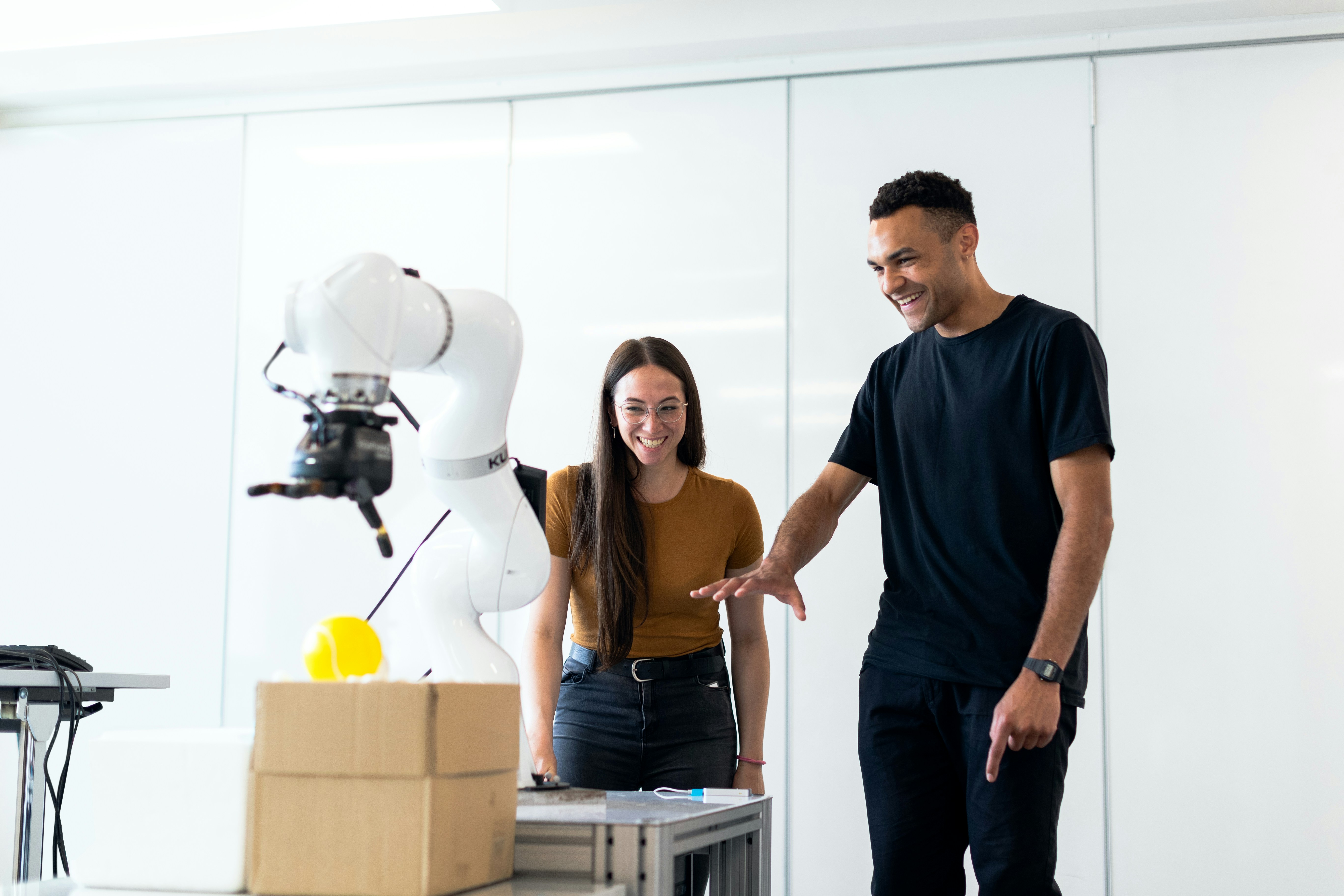
Over the past few years, I have become increasingly fascinated by how the brain works—both my own and others’. This curiosity has led me to reflect on how our subconscious processes shape not only our individual experiences, but also the cultures within our organizations.
Recently, I read Cultures of Growth by Mary Murphy, a book that extends Carol Dweck’s growth mindset research into the realm of organizational culture. Murphy’s work is transformational for those of us seeking to create high performing cultures where learning, growth, innovation and success are valued over perfection. She challenges us to move beyond cultures of “genius”—cultures where natural talent is celebrated, making certain individuals more capable than others—toward a culture of “growth” where effort, progress, and resilience are celebrated and challenges and setbacks are opportunities. Cultures of growth increase learning and innovation, improve employee engagement and retention, result in higher rates of team trust and collaboration, and improve business outcomes. This vision resonates deeply with me.
Yet, it prompts an important question: What prevents organizations from becoming true cultures of growth?
One significant factor is the way our brains make decisions—often automatically and outside our conscious awareness. In this post, we explore how these subconscious shortcuts can undermine our pursuit of high performing cultures of growth and how, through intentional self-awareness and curiosity, we can foster resilient organizations that drive business results through inclusion, increased productivity and innovation.
The instinctual part of our brain, developed over millennia, is designed to make rapid decisions about safety and belonging. This was essential for physical survival because we lived in a world where threats to our life were abundant (cue saber-tooth tigers.) Today, this evolutionary hardware focuses to a large degree on psychological safety and is not equipped to understand certain nuances of our advanced civilization. As a result, our brains are prone to misinterpreting, to reading ‘unsafe’ when a situation is ‘different’ or ‘uncomfortable’. For example, our evolutionary hardwiring favors people who feel familiar and may signal caution when we encounter someone different from us. This “us”/”them” bias, while automatic, uses shortcuts and can create barriers to resilient organizations that drive business results through inclusion and growth.
Decision making based on emotional responses to stimuli, before we have consciously processed the situation, is known as affective primacy. These instincts guide our decisions more than logic or reason. This process is natural and helpful, if left unchecked however, it can undermine organizational goals and priorities. Affective primacy is a culprit in cultivating environments where only certain individuals feel safe to take risks, make mistakes, and learn: key ingredients for a culture of growth. Recognizing the patterns of our instinctual brain raises a critical question: To what extent are we truly in control of our thoughts and actions?
Understanding how our brains operate, and the data our emotions provide, enables us to become more aware of the impact of our instinctive responses. This self-awareness is the first step toward fostering resilient organizations where inclusion and growth are valued over perfection. Self-awareness also helps us understand our own reactions to situations, especially if we have been negatively impacted by a situation or person. Self-awareness allows us to react intentionally, empathize with others, understand new perspectives, and build stronger relationships.
By intentionally pausing and reflecting on our reactions, we can override instinctive responses, cultivate open-mindedness, and reduce the unintended consequences of our brain’s shortcuts.
Beyond self-awareness, curiosity plays a pivotal role in challenging our brain’s natural shortcuts. As Dr. Steve Robbins notes, curiosity is a key attribute of open-mindedness, which is essential for valuing different perspectives, finding common ground, and expanding beyond the status quo. Curiosity opens the door to dialogue, empathy, trust, and innovation. Importantly, the opposite of curiosity is certainty—a mindset that limits growth and innovation.
When we combine self-awareness with curiosity, we create opportunities for emotionally intelligent decisions and make space for connection, understanding, and creative problem solving that our brains might otherwise overlook. These foundational elements are a backbone to sustainable, high-performing organizations valuing innovation and growth.
Let’s translate these insights into action, with a few specific strategies for emotionally intelligent decision-making:
As I reflect on my own fascination with the brain and the lessons from Cultures of Growth, it’s clear that the journey toward a true culture of growth begins within each of us, as decision makers and leaders of organizations. By cultivating self-awareness and curiosity, we leverage our instincts alongside our logical brains to foster resilient organizations where individuals thrive, organizational performance improves and business outcomes soar because everyone is empowered to learn, grow and contribute.
Your source for impactful stories, practical DEI guidance, and the latest on our journey.